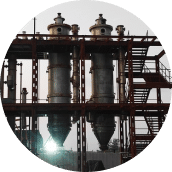
Evaporation Plants
Elevate your industrial operations with our Evaporation Plants. Engineered for optimal performance, our plants...
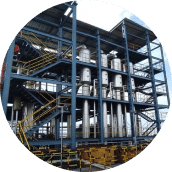
Multi Effect Evaporators
Multiple Effect Evaporators are high-performance HVAC units streamlining liquid concentration.
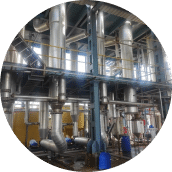
Wastewater Evaporators
Upgrade your industrial operations with our premium-grade Wastewater Evaporators. Designed for peak efficiency...
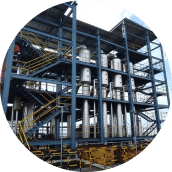
Agitated Thin Film Dryer
Film Dryers are industrial machines designed to efficiently remove moisture from thin layers of materials...
Categories
- Evaporation Plants
- Multi Effect Evaporators
- Wastewater Evaporators
- Agitated Thin Film Dryer
- Zero Liquid Discharge System
- Forced Circulation Evaporator
- Membrane Bioreactor
- Industrial Evaporators
- Zero Liquid Discharge Plant
- Wastewater treatment plant
- Effluent treatment plant
- Evaporator
- Vacuum Evaporator
- RO reject evaporator
- Effluent treatment plant manufacturer
- Vertical thin film dryer
- ATFD
- Heat Exchanger
- Multi Effect Evaporation Plant
- Multi Effect Evaporation System
Know More About Us

Agitated Thin Film Dryer
Film Dryers are industrial machines designed to efficiently remove moisture from thin layers of materials...

Our Team
It is the back of our team members that have enabled us to stand out in the market and gather a wide customers base. Based on qualification, experience, skills and knowledge, we have allocated...

Why Us?
We guarantee premium quality of our products as we manufacturer them using the best raw material and latest production technology. We practice fair set of policies that are framed keeping in mind...
About Us
Avail value for money products such as Forced Circulation Evaporation Plant, Wastewater Multi Effect Evaporators, Mechanical Vapor Recompression Mvr, etc..
Vikrama Innovative Technologies is dedicated to achieving the utmost satisfaction of our esteemed customers, recognizing that customer satisfaction is paramount for survival in the competitive market landscape. Through our unwavering commitment to quality and excellence, we have effectively positioned ourselves as a reputable manufacturer and supplier of cutting-edge products like Wastewater Evaporators, Film Dryer, Liquid Discharge System, Membrane Bioreactor, etc. Integrity is the cornerstone of our business philosophy.
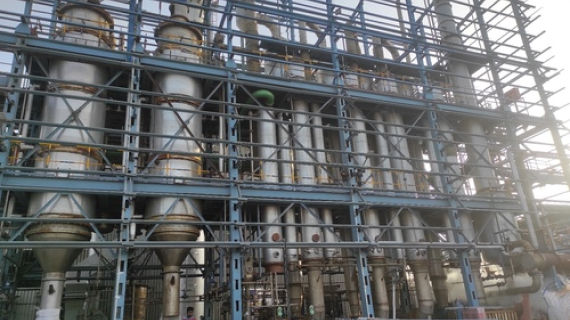
MostPopularProducts
Vacuum evaporation
Product Details:
- Product Type Vacuum Evaporation
- Usage Industrial
- Warranty yes
- Click to View more
Vacuum evaporation Price And Quantity
- 2000000 INR/Plant
- 1 Plant
Vacuum evaporation Product Specifications
- yes
- Vacuum Evaporation
- Industrial
Vacuum evaporation Trade Information
- 10 Plant Per Month
- 5 Days
- All India
Product Description
Vacuum evaporation is one of the most commonly used methods for deposition of functional films on to various substrates. The vacuum is used to allow vapor particles to deposit directly on to the substrate, where vapor particles condense back to a solid state, forming a functional coating. The vacuum evaporation process involves two basic stages: the evaporation of a functional material and the condensation on the substrate. In high-vacuum evaporation, electrical heating or electron beam heating is used to melt, gasify and evaporate the coating materials. The vapor of the coating material then travels to the surface of the substrate and gradually cools, a thin film layer of good quality is finally formed (Jankowski and Hayes, 2004). Vacuum is used to prevent the collision of the evaporated particles with the background gas or other unwanted particles. Evaporated functional materials deposit on to the surface of the substrate.
These work on the basis of the "thermo-siphon" principle. As the feed enters the bottom of the heating tubes, steam begins to form. Because of the ascending force of the steam produced during boiling, liquid and vapors flow upwards in parallel flow.

Price:
- 50
- 100
- 200
- 250
- 500
- 1000+
Other Products in 'Vacuum Evaporator' category



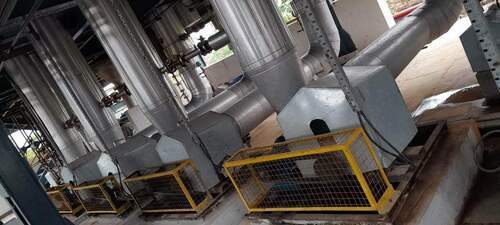




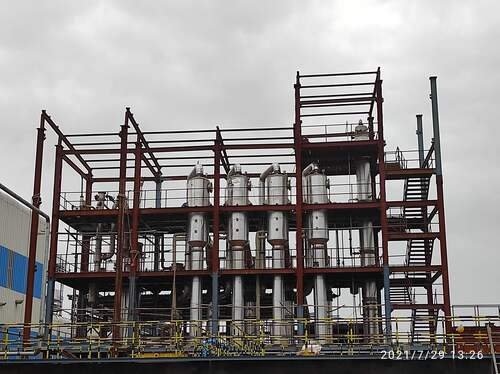
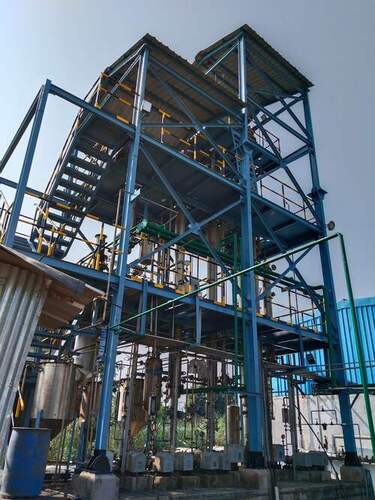
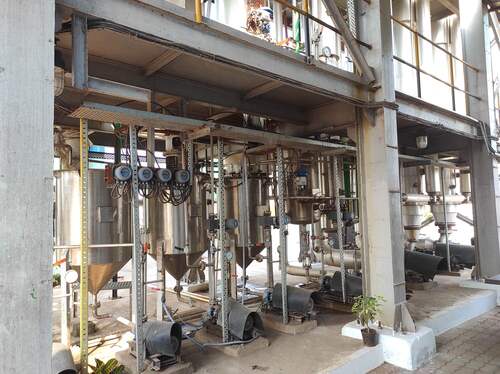
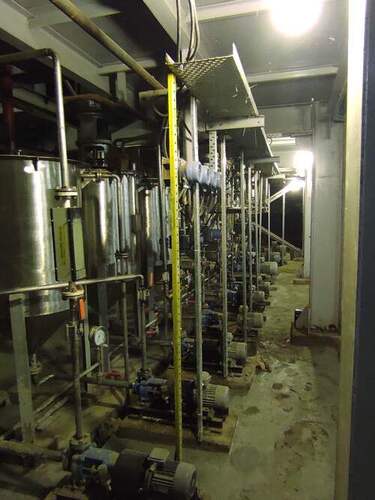

 English
English Spanish
Spanish French
French German
German Italian
Italian Chinese (Simplified)
Chinese (Simplified) Japanese
Japanese Korean
Korean Arabic
Arabic Portuguese
Portuguese